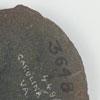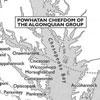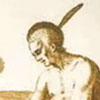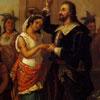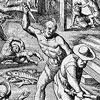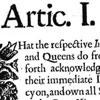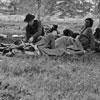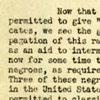For Virginia Indians, much of the 20th century was overshadowed by racial discrimination and the 1924 Virginia Racial Integrity Act. This law established two races, “white” and “colored,” and forbade intermarriage between the two. The 1924 law was racially and eugenically motivated – founded on the belief that races were biologically distinct, and that intermarriage between white and non-white people would produce “unfit” children. For the majority of Virginia Indians, this meant that they were no longer officially Indian, but rather “colored” and subject to the same racial discrimination suffered by African Americans.
Read this excerpt from a letter by Virginia Bureau of Vital Statistics Registrar Dr. Walter A. Plecker, a committed eugenicist, to the regional registrars responsible for officially recording Virginians as “white” or “colored.” Plecker believed that there were no “pure” Indians in Virginia, and changed many birth certificates of Indian people from Indian to “colored.”
Thinking back on the first half of the 20th century, Chief Stephen Adkins (Chickahominy) remembered how, “as teenagers, many … had to leave home in order to attend high school in Muskogee, Oklahoma. Virginia embraced the Racial Integrity Act, which labeled all people as either white or colored. We were the third race in a two-race state.”[1] The Supreme Court overturned the 1924 Racial Integrity Act as unconstitutional in 1967.
1. Melanie R. Brimhall, Carole Nash, and Karenne Wood, eds., “Beyond Jamestown: Virginia Indians Today and Yesterday” (Virginia Foundation for the Humanities, 2009), 17.



